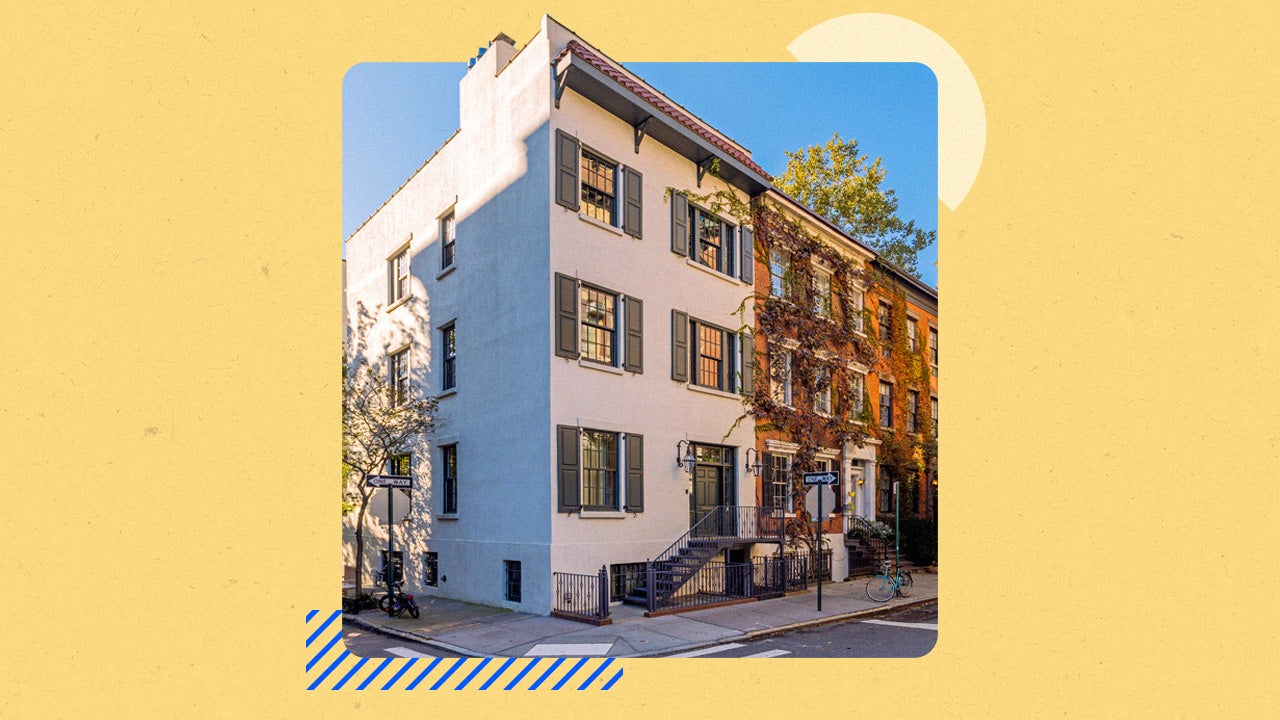2025 Q3 housing market trends: Hot temperatures bring a cooler market

Key takeaways
- Home affordability remains a serious issue as prices continue their upward trend.
- In addition, experts do not expect mortgage rates to drop significantly anytime soon.
- However, a sharp increase in the inventory of homes on the market is giving buyers some welcome leverage.
It’s summertime, and the livin’ is easy, as Ella Fitzgerald famously sang. However, things are not so easy for homebuyers trying to afford a purchase right now, nor for many sellers who suddenly find themselves in a buyer’s market.
Consider that the median home price nationwide in May was $422,800, up 1.3 percent year-over-year, a record high for the month of May and the 23rd straight month of year-over-year price increases, according to the National Association of Realtors (NAR). That price tag puts a home out of reach for many shoppers. Meanwhile, mortgage rates continue to hover just shy of 7 percent.
While it’s always difficult to forecast market trends, experts have an idea of what is likely to happen in the near term. So, what lies ahead for housing in July, August and September? Here’s what industry experts have to say.
Q3 2025 housing market trends: What to expect
The spring buying season is typically the busiest three-month cycle of the year. But don’t sleep on summertime, when many house hunters and sellers are still active and eager to complete real estate transactions.
“The third quarter of the year is traditionally the second-busiest season for housing, following the spring market. On average, about 1.48 million homes are sold over this period, which represents roughly 28.1 percent of annual home sales,” says Nadia Evangelou, NAR senior economist and director of real estate research. “This is usually a period of strong homebuyer activity and relatively stable mortgage rates, as families move around the school calendar.”
This third quarter might not follow the usual summer surge we typically see.
— Rob Barber CEO, ATTOM
This year’s spring selling season was relatively tepid, though, largely due to poor affordability and uncertainty around the possible impact of tariffs. Some believe the third quarter could follow suit, with results a bit more lackluster than in years past.
“This third quarter might not follow the usual summer surge we typically see,” says Rob Barber, CEO of data firm ATTOM. “With mortgage rates still high and home prices remaining elevated, we are likely to see a more subdued buying season. Some demand may resurface if rates dip or inventory improves, but overall I would expect a cooler quarter, with softer sales activity and continued affordability challenges keeping buyers on the sidelines.”
Greg McBride, Bankrate’s chief financial analyst, agrees. “Home sales remain at some of the lowest levels in 30 years, so this year’s tally will look weak compared to historic norms — but better than last year,” he says.
Q3 mortgage rate projections
Don’t hold your breath waiting for mortgage interest rates to dip significantly anytime soon.
“We’ll only see a meaningful decline in mortgage rates if there is a notable weakening in the economy — the jobs market in particular,” says McBride. “Short of that, the continued resiliency of the economy and the prospects for a resurgence in inflation will keep 30-year fixed mortgage rates in the 6.5 to 7 percent neighborhood during the third quarter.”
There’s still too much market uncertainty for mortgage rates to meaningfully decline.
— Rick Sharga CEO, CJ Patrick Company
Rick Sharga, founder and CEO of CJ Patrick Company, envisions rates fluctuating only slightly over the next three months. “They will probably range from 6.75 to 7 percent for the 30-year loan and 6 to 6.5 percent for the 15-year mortgage,” he says. “There’s still too much market uncertainty — about domestic issues like tariffs and the budget deficit, no indication that the Federal Reserve will lower rates anytime soon, and international concerns about escalating violence in the Mideast and Ukraine — to hope for mortgage rates to meaningfully decline.”
The Mortgage Bankers Association backs up these projections, forecasting that 30-year loan rates will average 6.8 percent in Q3. Fannie Mae is a bit more optimistic, though, predicting an average of 6.3 percent — if rates were to drop that far, it might spur a boom in refinances for homeowners currently locked in at 7 percent or even higher.
Where home prices are heading
After 23 consecutive months of annual increases, it’s hardly a surprise to learn that the experts believe home prices will continue to rise this quarter. However, they may do so at a slower pace than expected.
“We may see annual appreciation of around 2 percent nationally, with some regional variation,” Evangelou says. “In markets where housing inventory is rising, small price declines are also possible.”
Median home-sale prices nationally will be largely flat, but the limited inventory in many areas will sustain prices in those parts of the country.
— Greg McBride Chief Financial Analyst, Bankrate
McBride expects a more meaningful slide in home prices in formerly hot markets, where sales are sputtering as inventory is building. “All in all, the median home sale price nationally will be largely flat, but this belies the divergence seen in different markets around the country,” he says. “The limited inventory in many areas of the Northeast and Midwest will sustain prices in those parts of the country.”
The costs of purchasing and maintaining a home continue to outpace wage growth in much of the country, according to ATTOM data. “Without a broad increase in wages or drop in mortgage rates, we can expect the affordability gap to remain a persistent problem for both buyers and sellers this summer,” says Barber.
Still, buyers hold more cards today than in recent years — a long overdue shift.
“Based on what we have seen so far through quarter two, we are in a buyer’s market,” says Kenon Chen, executive vice president of strategy and growth at Clear Capital. “Listing activity is up, while home sales remain fairly flat. We can expect to see price reductions and longer days on market this quarter, especially if mortgage rates remain around 6.8 percent.”
Housing inventory predictions for Q3
And here’s more good news for buyers: The amount of available homes for sale, which had been desperately low for years, is finally on the rise.
In fact, we should exceed pre-pandemic inventory levels by the end of 2025, according to Sharga. “At the end of April, new-home inventory was over an eight-month supply, and existing-home inventory was around four months,” he says. “The rule of thumb for the resale market is that anything less than four months’ supply is a seller’s market, four to six months’ supply is a neutral market, and anything over six months favors buyers. We certainly seem to be heading toward that today.”
Rising inventory may offer more choices to homebuyers, increasing their negotiating power.
— Nadia Evangelou Senior Economist, National Association of Realtors
Chen agrees: “After a significant decline in active listings and supply from 2019 to 2021, we’ve seen a general rebounding of available inventory over the past three years.”
“Rising inventory may offer more choices to homebuyers, increase their negotiating power, and help boost homebuying and sales activity later in the quarter,” Evangelou says.
Strategies for homebuyers and sellers
So, how can home-seekers best navigate the next three months? “In many parts of the country, homebuyers now have the upper hand and can bargain to get the best deal on price or other concessions. Do proper due diligence and make sure not to bite off more than you can chew financially,” recommends McBride.
Evangelou is similarly convinced that well-prepared shoppers can find themselves in a good position this quarter. “With more home listings entering the market, especially in mid-to-late summer, you may have more options and relatively more negotiating power than last year,” she says. “However, housing affordability remains tight, so get preapproved for a mortgage and know your limits,” she advises.
Sellers, on the other hand, will need to price their homes realistically in this changing market. “Remember that buyers are still trying to make the numbers work because mortgage rates remain elevated,” Evangelou says. “It’s important to rely on the advice of your real estate agent to help you navigate your local housing market.”
McBride echoes those thoughts: “Be aware of the dynamics in your local market. If the pace of sales has slowed to a crawl, if homes are sitting on the market longer, if asking prices are getting reduced again and again, then you can’t cling to the number it would’ve sold for six to 12 months ago,” he says. “That ship has sailed.”
Why we ask for feedback Your feedback helps us improve our content and services. It takes less than a minute to complete.
Your responses are anonymous and will only be used for improving our website.






